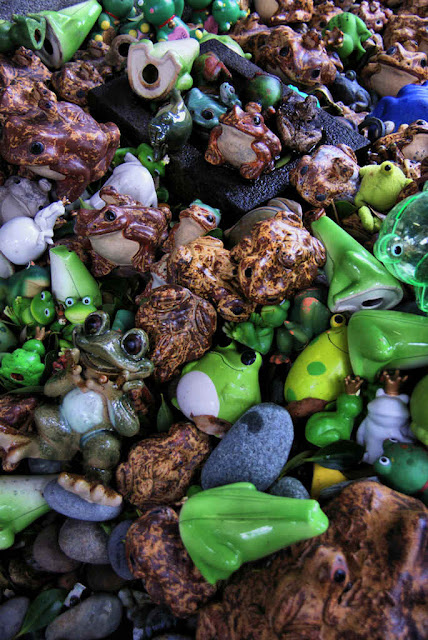Late April, 2014, and I am on day 6 of my walk along the Iwami Kannon Pilgrimage. Visiting two temples today and I started from my home and headed upriver. First pilgrimage temple was Kannabiji, and the next is Chokoji. These photos are from things I noticed between the two temples.
I can find no details about, height etc. I seem to remember that twenty years ago is was marked on maps as "Big waterfall".
The road climbs through the forest and emerges in the farming settlement of Mihara. Nearby is Maruyama, a conical mountain on top of which once stood Maruyama Castle. The lord of that castle was a big supporter of both Kannabiji and Chokoji temples.
The rice paddies are all being flooded in preparation for planting in a week or two.
This badger was out and about in the middle of the day. Usually active at dusk and in the night, I have seen them occasionally during the day. here are a couple of post with short videos of badgers around my house. The previous post was on Kannabiji Temple.































































